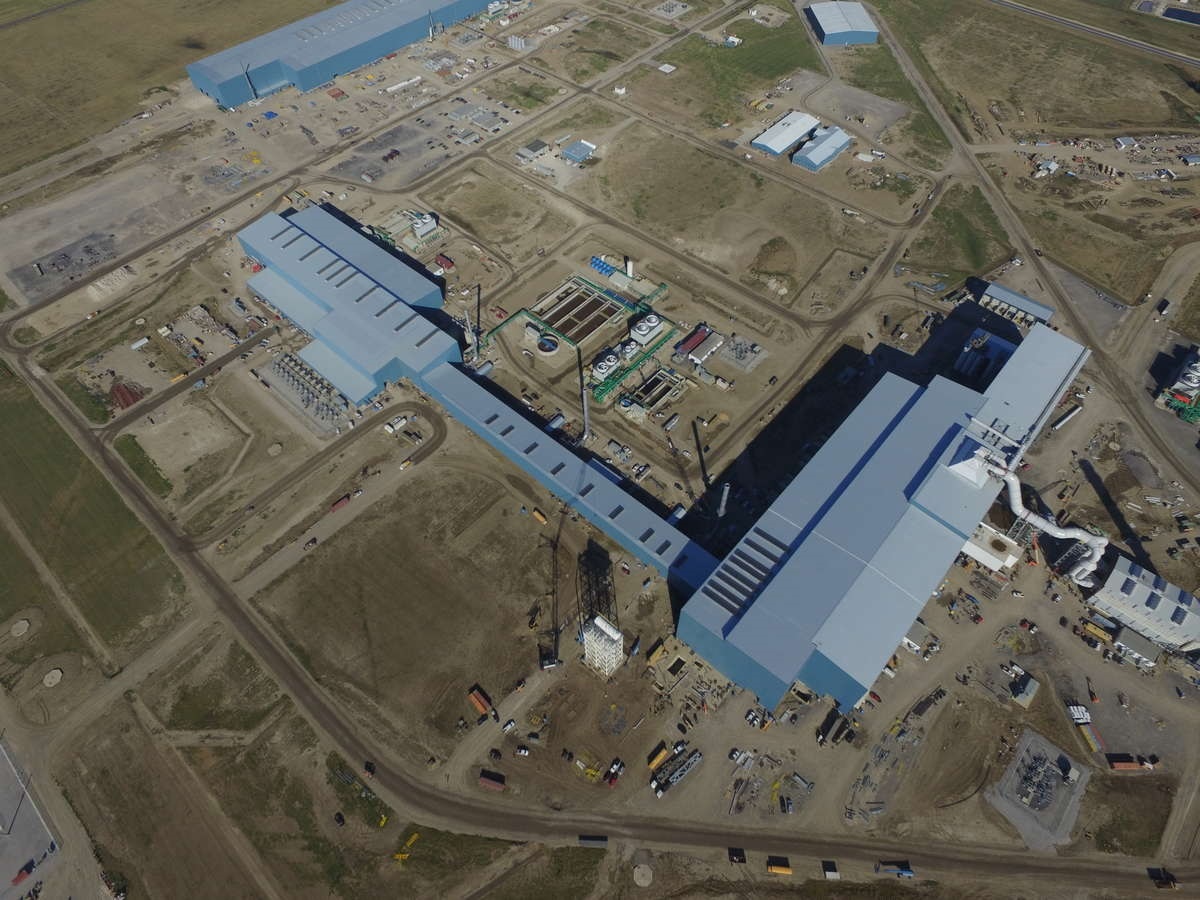
By Juan Montoya
It might be the end of September before the directors of Big River Steel, of Osceola, Ark., decide whether to expand their operations there, or – as Port of Brownsville commissioners wish they would – invest in a $1.5 billion “flex" mill here.
Port sources say that the directors of Big River Steel were in Austin speaking with the representatives of Gov. Greg Abbott discussing the incentives that Texas might offer if they move their new operations to the port. Their plant in Arkansas is also in the running, but some port commissioners say that that state's incentives have been depleted in the last $1.4 billion expansion there two years ago.
A positive response by Big River Steel is something that even the environmentally-conscious South Padre Island City Council – which opposed LNG plants at the port – would welcome.
That city council considered a resolution endorsing a proposed steel manufacturing facility at the Port of Brownsville during its Wednesday, May 17 meeting.
Allen Simon, spokesperson for the project, stated in his presentation that, “the Port of Brownsville was selected by Big River Steel as a finalist for a $1.5 billion steel manufacturing project known as Project America.”
This May, Big River was in the fourth full month of production at its newest addition in Osceola. In January, the company set a first-full-month production record, making 63,000 tons. By the end of February, it was turning a profit before interest, taxes, depreciation and amortization. And by April, it was running at four-fifths of its rated capacity.
“We’re already producing API grade material. Originally, we didn’t think we’d be producing those materials until later this year,” chief executive officer David Stickler said last month, delivering the keynote speech during the Association for Iron & Steel Technology 2017 President’s Award Breakfast.
The annual conference and exposition was held in May in Nashville, Tenn.
The plant can produce 1.65 million tons of steel annually, but Big River is looking to double its capabilties to about 3.4 million tons. To that end, the plant was designed with expansion in mind, and Stickler said the company already has made investments in infrastructure and permitting to support an addition.
Stickler said that those expansion plans include a proposal to move its steel producing plant to the Port of Brownsville.
However, Stickler, told AIST's Steel News that before the company would expand its current plant – or build at another site – it needs to successfully exit the start-up mode in Osceola. Short of that, he said, expansion becomes less likely.
The Brownsville Herald reported that Alan Simon, vice president of industrial development for Denver-based OmniTRAX, which is in charge of developing the port’s industrial base, said Arkansas attracted the first Big River Steel facility through major cash incentives via the state legislature.
“Texas is a little bit different, but one of the programs that we hope will be very instrumental in this is Chapter 313,” he said. “We’ve been having discussions along those lines in hopes that that program could come into play and be a factor in attracting them with some property tax abatement.”
The newspaper reported that Tax Code Chapter 313, or the Texas Economic Development Act, allows a school district to offer a temporary limit on school property tax on the value of new investment. In this case, Point Isabel ISD would be able to defer by eight years when the steel mill project goes on the tax rolls at full value. The limit on the taxable value doesn’t kick in until the third year of the project.
“We hope we get to that point,” he said. “We’re certainly going to do the best we can, and then the company will make their decision. We’ve been working just on the incentives piece of it for several months, and we’ve probably got another month of work to pull that all together.”
Besides the abatement, key incentives would come in the form of land discounts and bond financing from the port and OmniTRAX; capital investment from OmniTRAX parent company The Broe Group; and Texas Enterprise Fund and Texas Enterprise Zone assistance through the Brownsville Economic Development Council and Greater Brownsville Incentives Corporation.
Port Director and CEO Eduardo Campirano said the port has been trying to land a steel mill for decades, but that the lack of electric power had foiled those plans. Now, with the recent upgrades in the power grid – whether Tenaska ever gets built or not – there is plenty of electric power is New River decides to come to the port.
The plant uses scrap steel to produce its products, but even if all the shipbreakers and recyclers were to combine their output, it would only equal to about 25 percent of what the plant would need for its feedstock. Big River would produce 1.6 million tons of steel a year and require feedstock of about 2 million tons a year, Campirano said. Brownsville’s recyclers, operating at top capacity, would supply no more than 500,000 tons a year, he said.
That, of course, would mean that it would require a continuous supply of scrap steel coming in by barge to the port, creating a substantial profit for that entity.
"We won't know until the end of September, when the New River directors meet," said port commissioner John Wood. "But it looks good because New River would have its customers right across the border and could be served by the rail lines that exist already."
Port officials say it would directly support 500 new full-time jobs with a minimum annual salary of $75,000. The mill primarily would supply the automotive and vehicle component industries in Texas and Mexico.






No comments:
Post a Comment